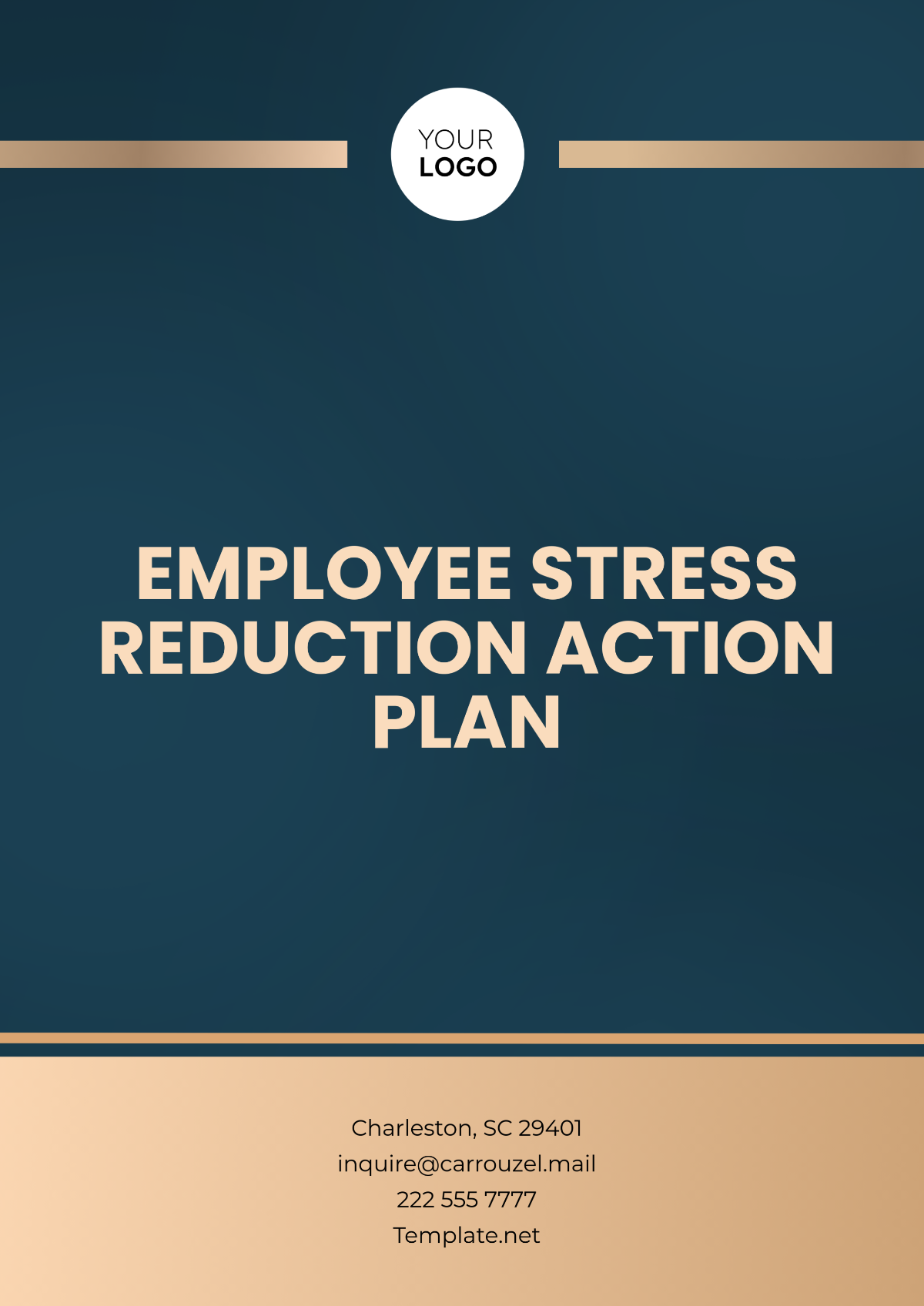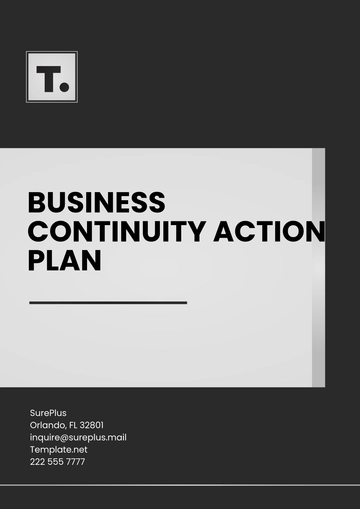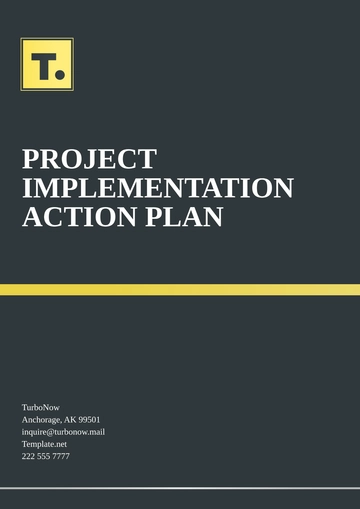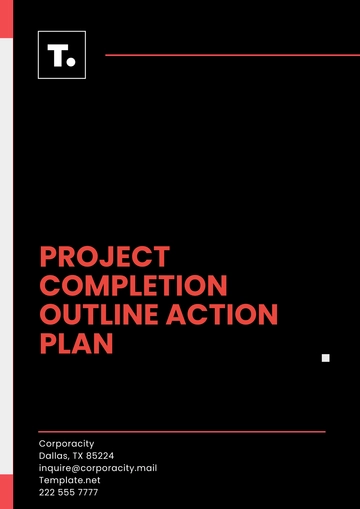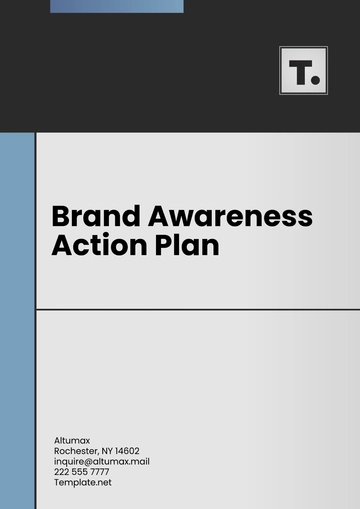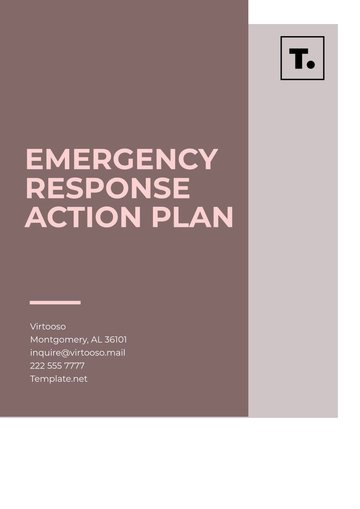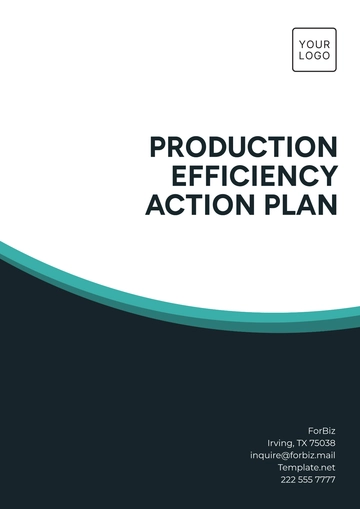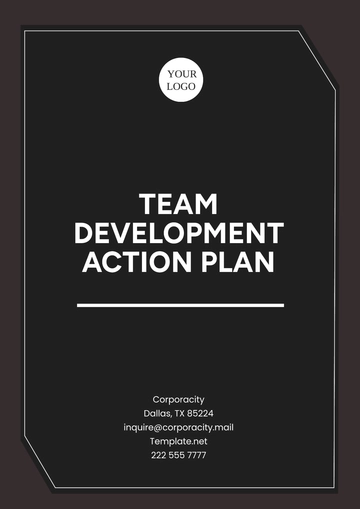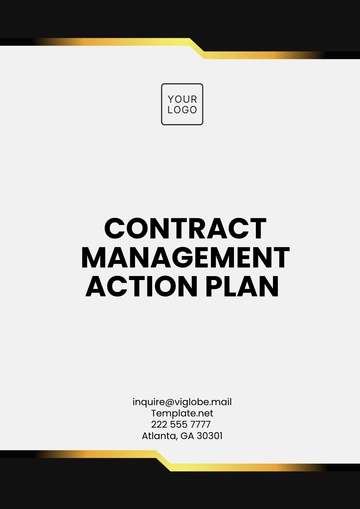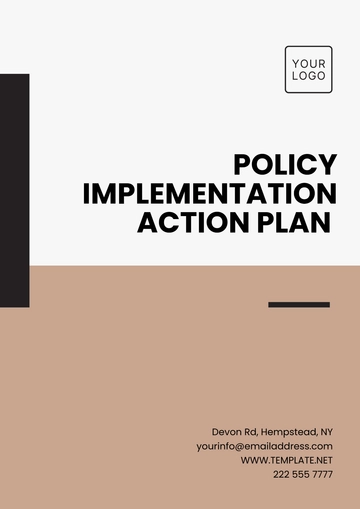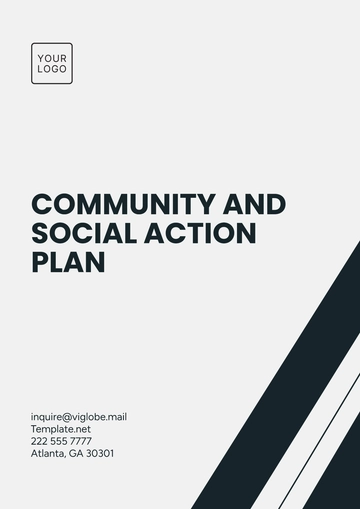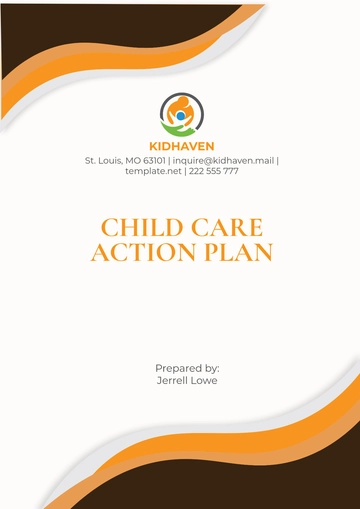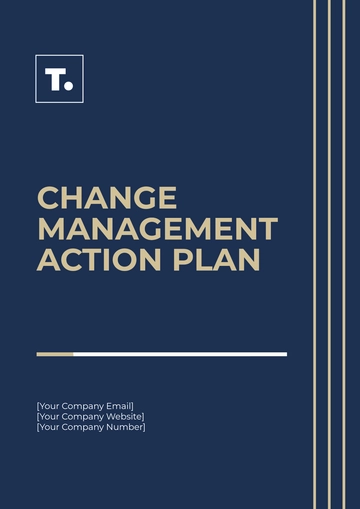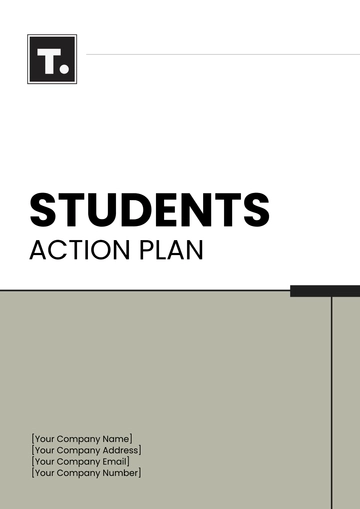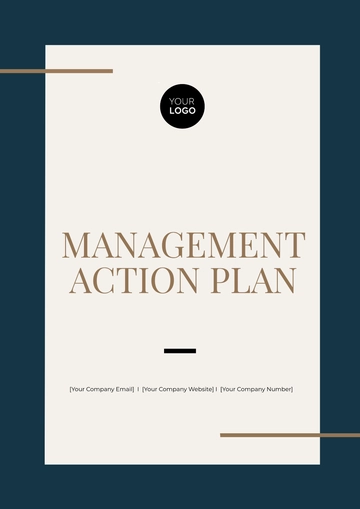Employee Stress Reduction Action Plan
Prepared By:
[YOUR NAME]
[YOUR COMPANY NAME]
Introduction
The Employee Stress Reduction Action Plan is designed to promote mental and physical well-being within the workplace by identifying stressors, offering strategies for managing stress, and providing resources to support employees. This plan aims to create a healthier work environment, improve employee satisfaction, and increase productivity. By focusing on effective stress management techniques and fostering a supportive culture, this plan provides employees with the tools and resources they need to manage stress and maintain a healthy work-life balance.
Objectives
To reduce stress levels across the organization.
To promote overall employee well-being and mental health.
To improve job satisfaction, engagement, and productivity.
To create a supportive and healthy work environment for all employees.
Key Components of the Plan
1. Identifying Stressors
Workload Assessment: Evaluate the workload of employees to ensure tasks are manageable and aligned with available resources. Regularly check for signs of burnout or excessive workload among employees.
Environment Factors: Identify physical and environmental factors in the workplace that may contribute to stress, such as noise, lighting, or workspace ergonomics.
Interpersonal Relationships: Monitor employee relationships within teams to address any potential conflicts or stress from communication breakdowns.
2. Stress Management Workshops and Resources
Stress Management Training: Offer workshops on techniques for managing stress, such as mindfulness, meditation, deep-breathing exercises, and time management skills.
Mental Health Resources: Provide access to employee assistance programs (EAPs), counseling services, or mental health support lines to help employees cope with stress.
Mindfulness and Relaxation Spaces: Establish dedicated areas within the workplace where employees can practice mindfulness, take short breaks, or engage in relaxation exercises.
3. Promoting Work-Life Balance
Flexible Work Arrangements: Offer flexible hours or remote work options to help employees manage their professional and personal commitments effectively.
Time-off Policies: Encourage employees to take regular vacations and time off to recharge and avoid burnout.
Paid Leave for Mental Health: Provide paid leave options specifically for mental health or well-being-related issues.
4. Building a Supportive Work Culture
Regular Check-ins with Managers: Implement regular one-on-one meetings with employees to discuss workload, stress levels, and any challenges they may be facing.
Peer Support Programs: Establish mentorship or buddy systems where employees can talk to peers about stress-related issues and share coping strategies.
Encouraging Open Communication: Foster an open-door policy with leadership and managers to ensure employees feel comfortable discussing their stress concerns and seeking help when needed.
5. Workplace Modifications
Ergonomics and Workspace Design: Regularly assess and modify workspaces to ensure they are ergonomically designed to reduce physical strain and stress.
Break Time and Relaxation Areas: Implement designated break times and provide spaces for employees to relax, unwind, and socialize during work hours.
6. Monitoring and Evaluation
Stress Surveys: Conduct regular employee surveys or feedback sessions to assess the effectiveness of the stress reduction initiatives and identify new sources of stress.
Employee Feedback: Collect ongoing feedback from employees to understand their needs and preferences for stress management solutions.
Review and Adjust: Continuously review the plan to ensure that it remains relevant and effective, making adjustments based on employee feedback and organizational changes.
Action Plan Timeline
Action | Responsible | Timeline | Expected Outcome |
|---|
Conduct stress surveys | HR Department | Q1 2055 | Identify stressors and baseline stress levels. |
Implement stress management workshops | HR and Wellness Team | Q2 2055 | Educate employees on stress management. |
Introduce flexible work policies | HR Department | Q2 2055 | Enhance work-life balance. |
Establish mindfulness spaces | Facilities Team | Q3 2055 | Provide relaxation spaces for employees. |
Offer peer support programs | HR Department | Q4 2055 | Strengthen peer support networks. |
Conduct follow-up surveys and review | HR Department | Q1 2056 | Evaluate and refine the plan. |
Resources Required
Budget for Wellness Programs: Allocate funds for workshops, resources, and tools to reduce employee stress.
Training and Facilitators: Hire experts to lead stress management workshops and training sessions.
Employee Assistance Programs: Partner with third-party mental health services to offer confidential counseling and support.
Facilities Modifications: Invest in creating relaxation spaces and improving workspaces for optimal comfort.
Conclusion
The Employee Stress Reduction Action Plan is an essential component in fostering a positive and productive work environment. By focusing on proactive measures to manage stress, offering necessary resources, and creating a supportive culture, this plan will contribute to enhanced employee satisfaction, well-being, and overall organizational success.
Plan Templates @ Template.net
